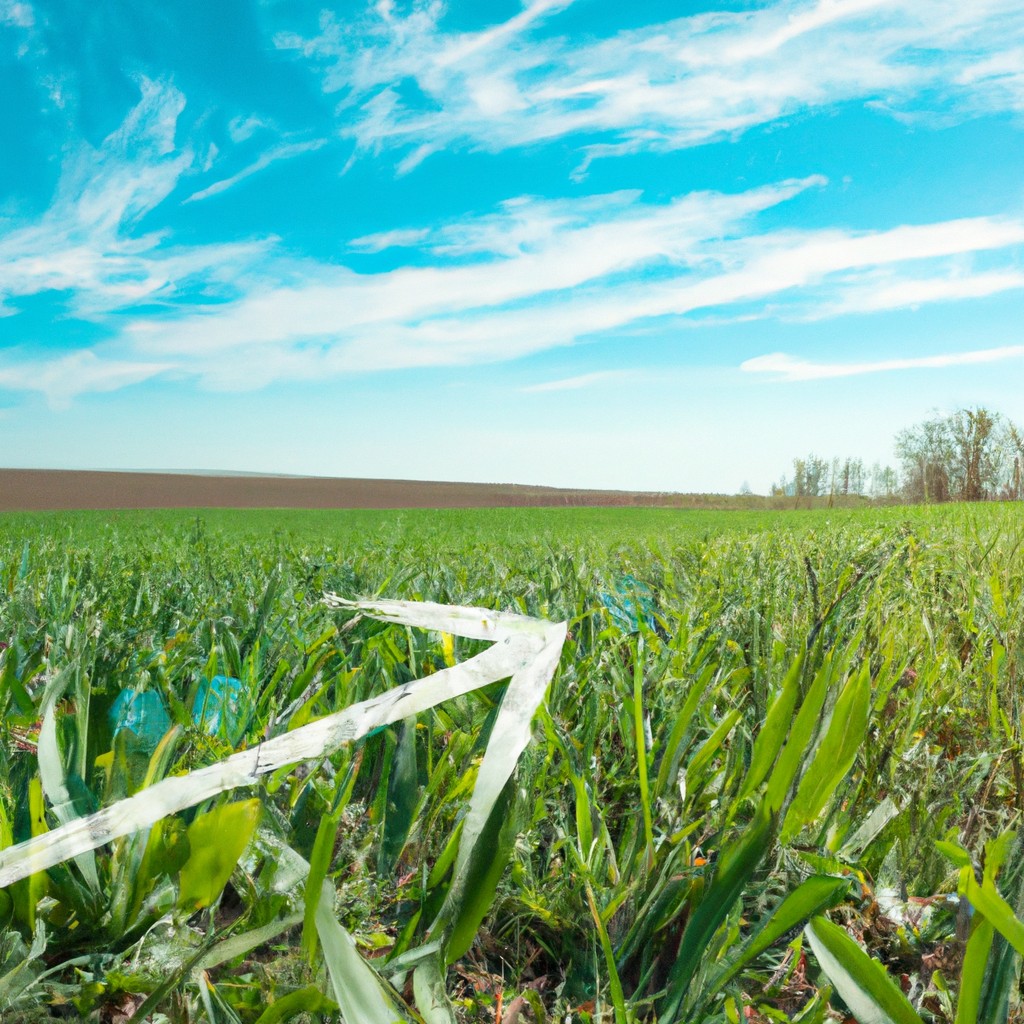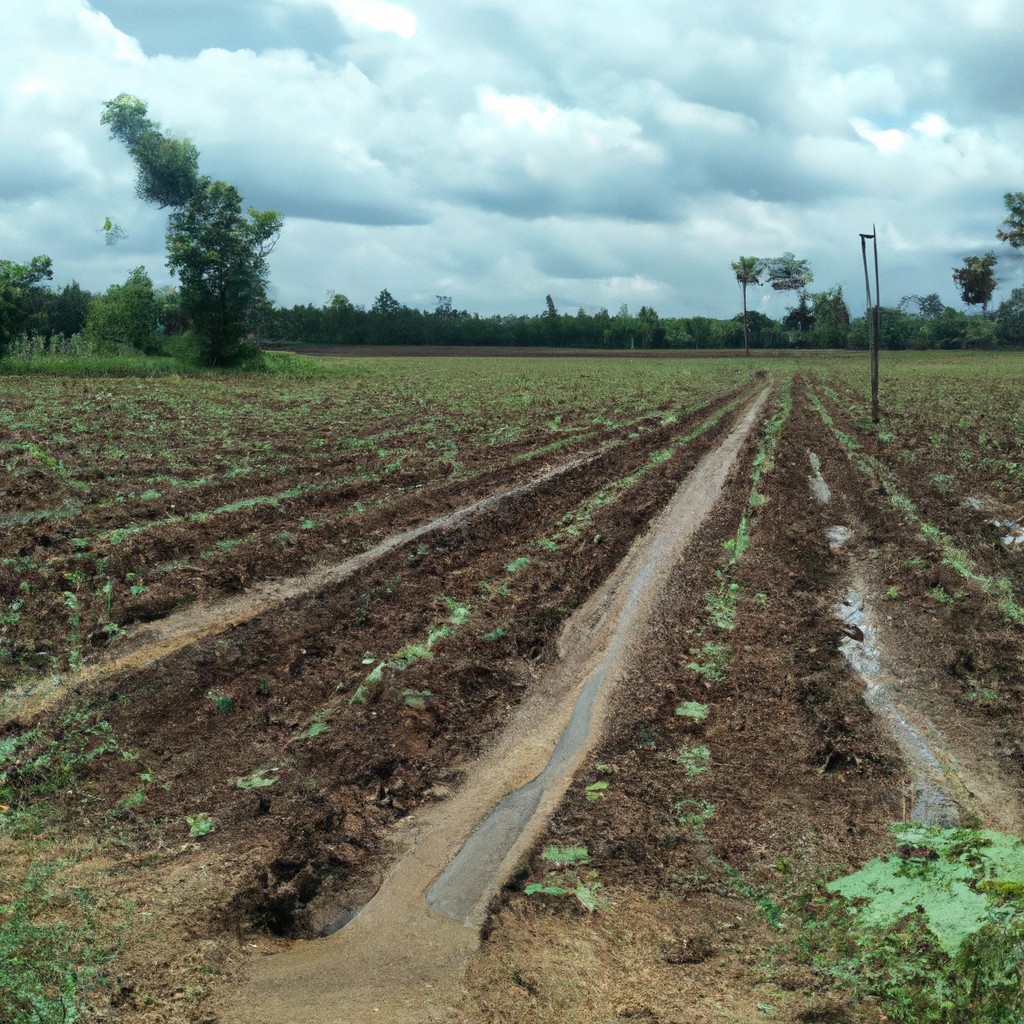Agricultural drones are transforming farming practices by providing detailed aerial data for improved crop management, which this article will clarify.
Look Inside:
Key Features of Agricultural Drones

Precision is the name of the game with ag drones. They map out fields with an eagle eye, leaving no leaf unturned — almost literally. These tech marvels carry an array of cameras and sensors that can spot a weed from high in the sky, optimizing crop monitoring.
Battery life has soared along with their popularity. Some can hum over fields for an hour, snapping shots and gathering data. They’re a bit like marathon runners who can also solve a Rubik’s cube mid-stride.
Their handling? Think agile cats. Drones can whiz around obstacles and sweep through varying altitudes with finesse. Unlike their ground-bound cousins, they can hop over a creek or dip down to scout a troublesome gopher hole without a hitch.
Payload adaptability is another feather in their cap. Some can tote heavy cameras, while others are lean enough to zip around longer. Some are Jacks-of-all-trades, switching between sprayers and sensors in a flash.
And let’s not skim over the tech on board. We’re talking about sophisticated software that stitches aerial photos into a seamless quilt of the field. Farmers get a crystal-clear picture of their land’s health, down to a single plant, making every drop of water and pesticide count.
To put it simply, ag drones are the Swiss Army knives of the sky — compact, brimming with tools, and ready for any farm mission. They’re wingmen to the farmer, in the most literal sense.
Recent Developments in Spray Drones
In the field of agriculture, drones are breaking new ground, with spray drones at the forefront of this technological revolution. Their capabilities have taken a quantum leap, equipped with advanced sensors and imaging, to map out and target specific areas that require treatment. This precision in deployment means that the use of pesticides and water is becoming increasingly efficient, reducing waste and environmental impact.
Leading this charge, multispectral imaging enables drones to assess plant health by capturing data not visible to the naked eye. As a result, farmers can pinpoint issues like fungal infestations or water stress before they escalate into larger problems.
Battery life has always been a sticking point, but recent design innovations have dramatically extended flight times. Longer air time means more acreage can be covered in a single sortie, leading to greater productivity.
Another advancement is the development of swarm technology. By operating in groups, drones can cover vast tracts of land more rapidly than a single unit. The coordination among these drone swarms mimics a well-orchestrated ballet, where each participant knows its role, maximizes the area sprayed, and minimizes overlap.
Taken together, these advancements represent a game-changing tool in the arsenal of modern farmers, ensuring that crops receive care in a smart, efficient manner, and setting the stage for a future where technology and tradition grow hand in hand.
Advantages of Agricultural Drones Compared With Aircraft Spraying
Precision is a game-changer in farm management. Drones zip over fields, applying pesticides and fertilizers with pinpoint accuracy. Unlike traditional aircraft, they can hover and perform spot treatments, tackling specific areas that need attention. This targeted approach reduces waste, ensuring chemicals are only used where necessary, leading to cost savings.
Furthermore, drones are nimble. They can access fields that are off-limits to planes because of size or terrain. Whether it’s a steep hillside vineyard or a small plot surrounded by trees, these flying workhorses get the job done without disturbing the surroundings.
Safety is not an afterthought. Ground crews and pilots face risks when handling chemicals or flying low. Drones minimize human exposure to potentially harmful substances and reduce the risk of accidents associated with low-flying aircraft.
Finally, data collection is fertile ground for innovation. Drones can simultaneously apply treatments and gather detailed information about plant health and soil conditions. This insight allows for more informed decisions and continuous improvement in farm productivity and sustainability.
Small but mighty, these aerial assistants are transforming how we care for our crops and conserve resources — all from the sky.
Regulations Related to Using Drones to Spray Pesticides
Navigating the legal landscape for drone use in agriculture, especially for pesticide application, can be like maneuvering through a maze – it’s essential, but can be tricky. Farmers must acquaint themselves with various regulations that govern the skies.
First off, drones must be FAA-approved for pesticide spraying – this isn’t your average hobbyist drone. Commercial operators need a Part 107 certificate, which involves passing an exam. Think of it as a driver’s license for the sky.
Some countries and regions require an additional agricultural aircraft operating certificate. It’s like having a special endorsement on that driver’s license, showing you can handle the bigger vehicle.
Pesticide application is also closely monitored. Each chemical has its own set of rules. It’s vital to know your herbicides and insecticides as well as you know your soil. Always check with local agricultural extension services to stay up-to-date and on the right side of regulation.
Consider that some zones are off-limits for aerial spraying – schools and urban areas, for instance. Flying a drone there for pest control would be as out of place as a cow in a shopping mall.
And it’s more than just where you can fly; it’s also when. Certain times are off-limits, especially when other aircraft are around. It’s like waiting for your turn at a four-way stop; timing is everything.
Remember, staying informed and compliant with these regulations not only keeps you legal but also fosters a positive public image of drone use in farming. So, before taking off, always make sure your paperwork is as in order as your equipment.
Future of Spray Drones in Agriculture
As we turn over a new leaf in agricultural technology, spray drones are not just buzzing overhead—they’re transforming farming landscapes. Picture a fleet of drones, zipping across the sky, precision-targeting crops with beneficial treatments. These aerial allies combat pests, disease, and malnourishment with astonishing accuracy, all while reducing the need for manual labor.
Casting an eye to tomorrow, advances in artificial intelligence (AI) promise to propel their capabilities even further. AI will enable drones to make real-time decisions based on environmental data, reacting to changes on the fly and applying inputs exactly where and when they are needed.
Battery life is another frontier on the cusp of breakthroughs. Next-generation batteries could significantly extend flight times, allowing for larger acreages to be covered in a single sortie.
Moreover, we’re likely to witness drones becoming team players. Imagine them communicating with ground-based robots and satellite systems to form a seamless, integrated approach to farm management. This synergy can lead to higher crop yields and a reduction in resource waste.
On the regulatory runway, expect clearer skies as legal frameworks evolve, hopefully easing up on cumbersome restrictions while maintaining safety and privacy standards. This could give farmers in different regions the green light to employ drone technology more freely.
In essence, the drones of the future will not only be tools but active participants in crafting a greener, more efficient chapter in agriculture’s enduring story. Keep an eye on the horizon; what’s airborne today might just be the standard practice of tomorrow.




